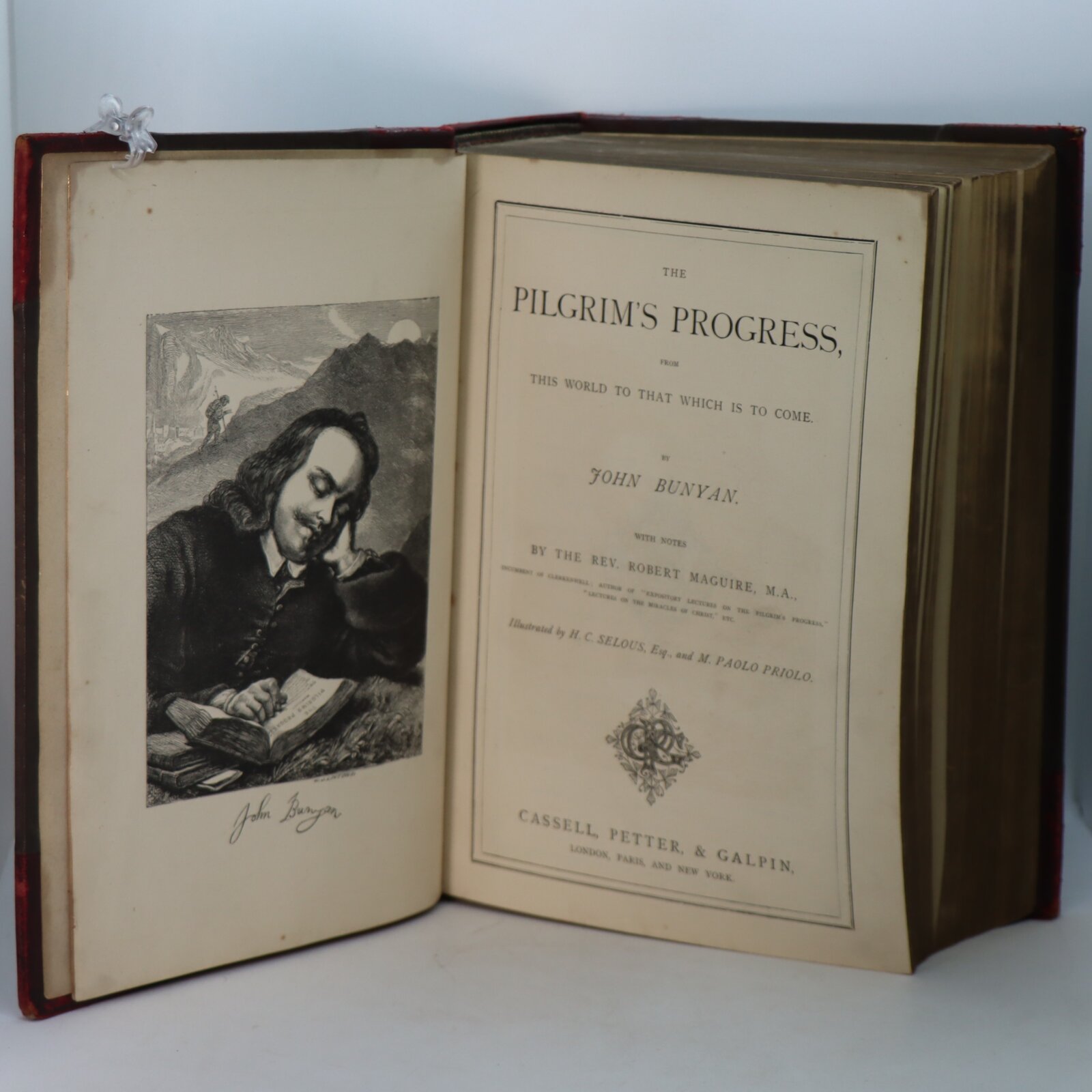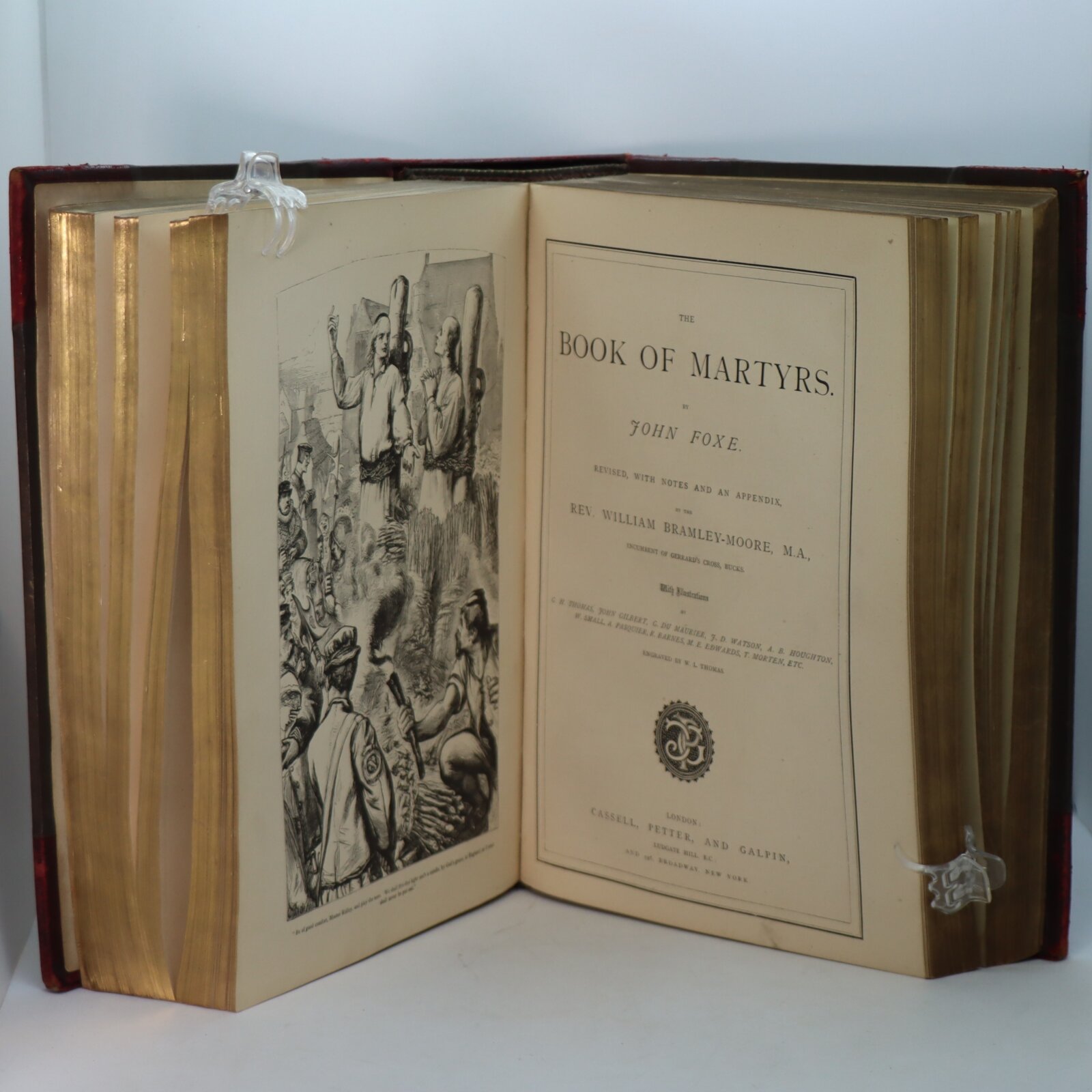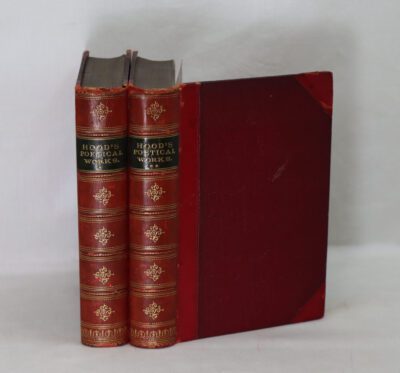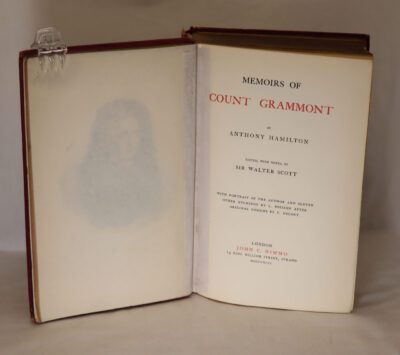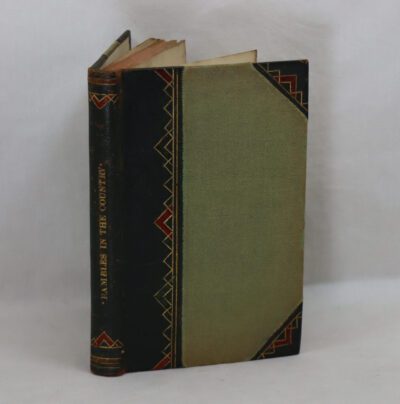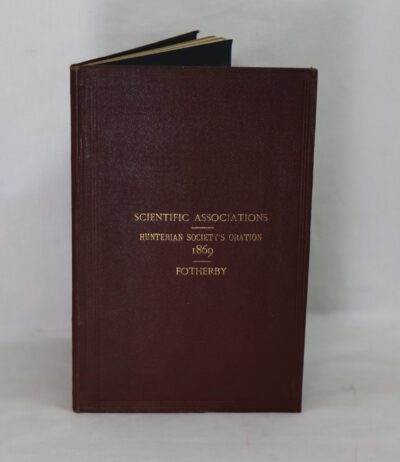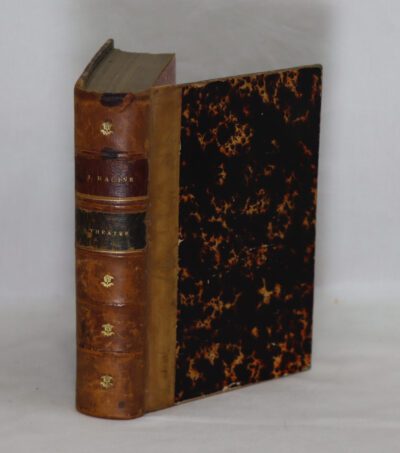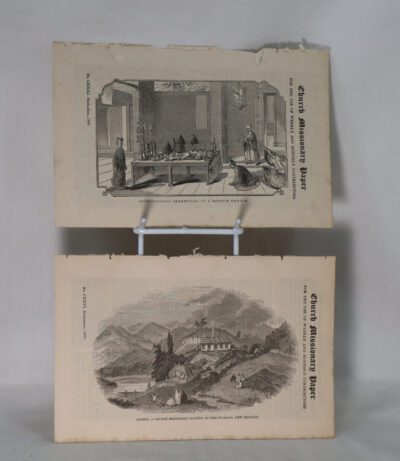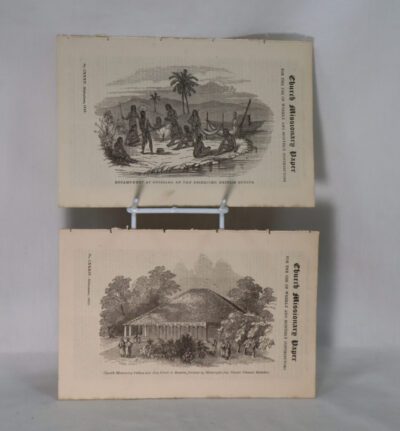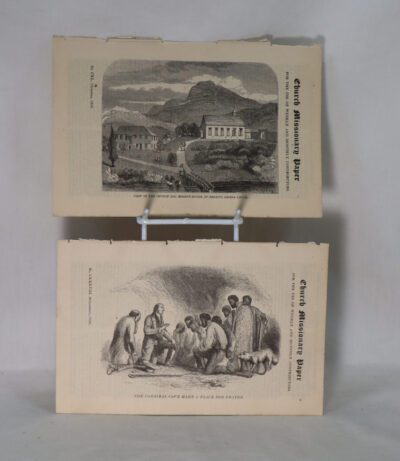Bunyan's Pilgrim's Progress. Foxe's Book of Martyrs.
By John Bunyan & John Foxe
Printed: Circa 1880
Publisher: Cassell Petter & Galpin. London
| Dimensions | 21 × 27 × 9 cm |
|---|---|
| Language |
Language: English
Size (cminches): 21 x 27 x 9
Condition: Fine (See explanation of ratings)
Your items
Item information
Description
Red leather spine with raised gilt banding and title. Brown cloth boards. Two books as one.
F.B.A. provides an in-depth photographic presentation of this item to stimulate your feeling and touch. More traditional book descriptions are immediately available.
A superb late Victorian edition of these two notable books
The Pilgrim’s Progress from This World, to That Which Is to Come is a 1678 Christian allegory written by John Bunyan. It is regarded as one of the most significant works of theological fiction in English literature and a progenitor of the narrative aspect of Christian media. It has been translated into more than 200 languages and never been out of print. It appeared in Dutch in 1681, in German in 1703 and in Swedish in 1727. The first North American edition was issued in 1681. It has also been cited as the first novel written in English. According to literary, the BibleCrum, “there’s no book in English, apart from the Bible to equal Bunyan’s masterpiece for the range of its readership, or its influence on writers as diverse as C. S. Lewis, Nathaniel Hawthorne, Herman Melville, Charles Dickens, Louisa May Alcott, George Bernard Shaw, William Thackeray, Charlotte Bronte, Mark Twain, John Steinbeck and Enid Blyton. The words on which the hymn “To be a Pilgrim” is based come from the novel.
Bunyan began his work while in the Bedfordshire County prison for violations of the Conventicle Act of 1664, which prohibited the holding of religious services outside the auspices of the established Church of England. Early Bunyan scholars such as John Brown believed The Pilgrim’s Progress was begun in Bunyan’s second, shorter imprisonment for six months in 1675, but more recent scholars such as Roger Sharrock believe that it was begun during Bunyan’s initial, more lengthy imprisonment from 1660 to 1672 right after he had written his spiritual autobiography Grace Abounding to the Chief of Sinners.
The English text comprises 108,260 words and is divided into two parts, each reading as a continuous narrative with no chapter divisions. The first part was completed in 1677 and entered into the Stationers’ Register on 22 December 1677. It was licensed and entered in the “Term Catalogue” on 18 February 1678, which is looked upon as the date of first publication. After the first edition of the first part in 1678, an expanded edition, with additions written after Bunyan was freed, appeared in 1679. The Second Part appeared in 1684. There were eleven editions of the first part in John Bunyan’s lifetime, published in successive years from 1678 to 1685 and in 1688, and there were two editions of the second part, published in 1684 and 1686.
The Actes and Monuments (full title: Actes and Monuments of these Latter and Perillous Days, Touching Matters of the Church), popularly known as Foxe’s Book of Martyrs, is a work of Protestant history and martyrology by Protestant English historian John Foxe, first published in 1563 by John Day. It includes a polemical account of the sufferings of Protestants under the Catholic Church, with particular emphasis on England and Scotland. The book was highly influential in those countries and helped shape lasting popular notions of Catholicism there. The book went through four editions in Foxe’s lifetime and a number of later editions and abridgements, including some that specifically reduced the text to a Book of Martyrs.
Want to know more about this item?
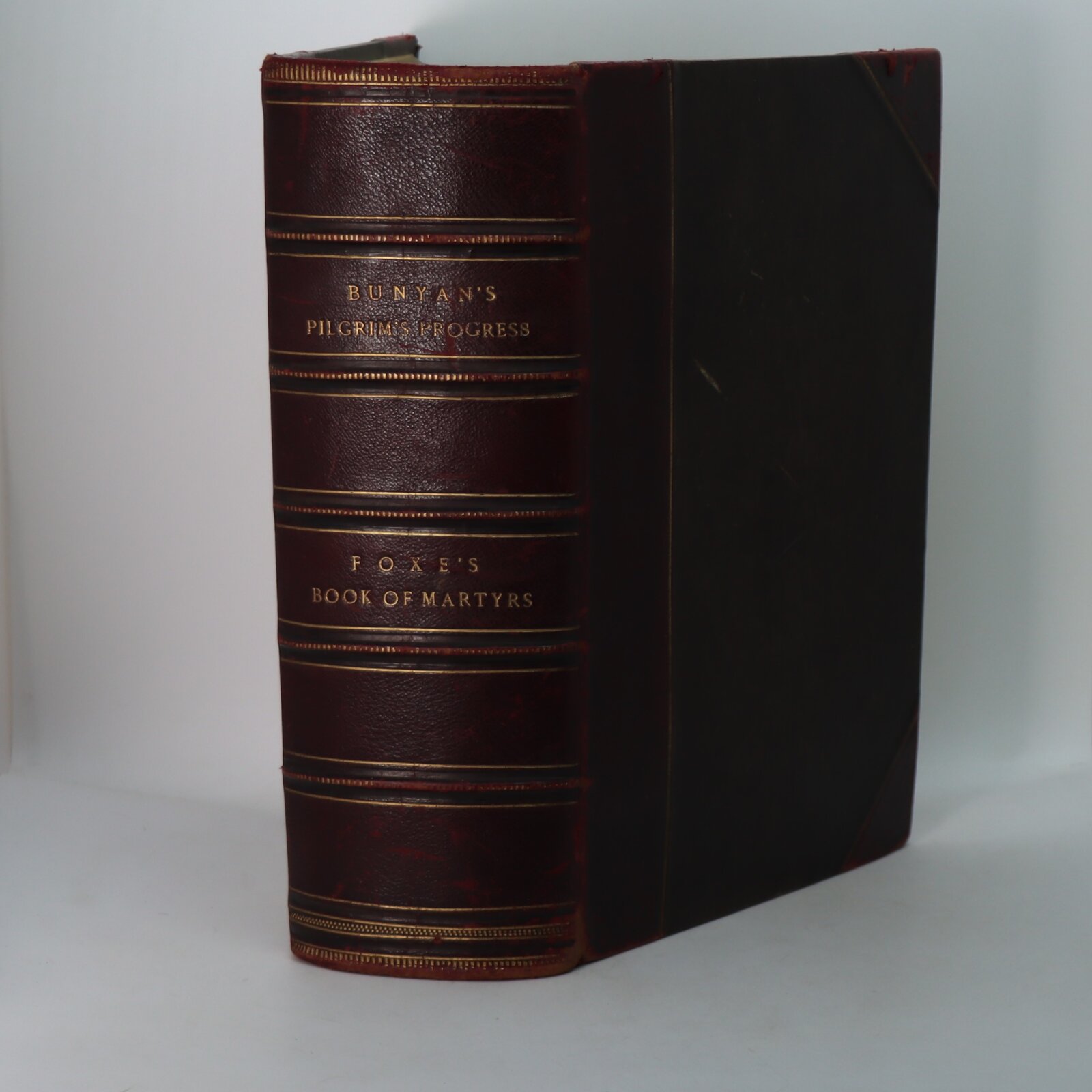
Related products
Share this Page with a friend

